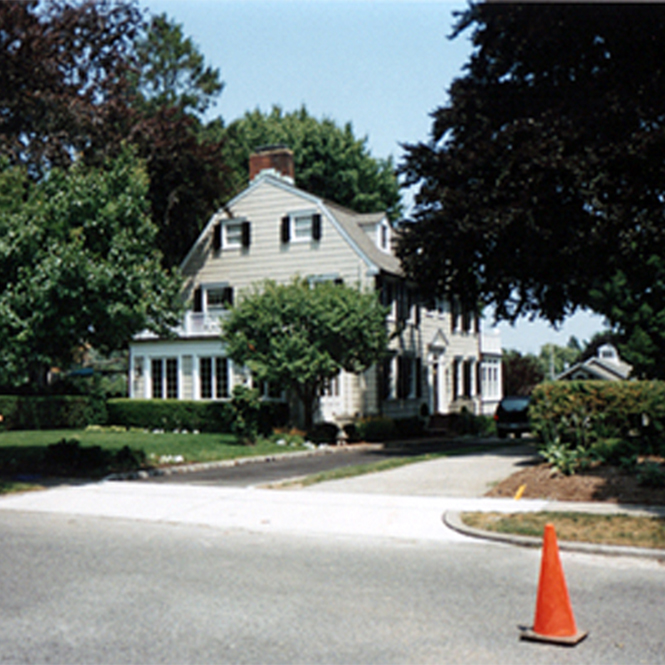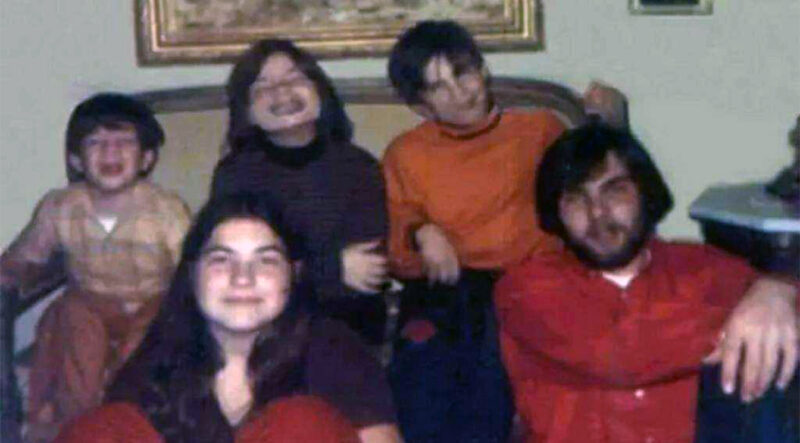There is a strong relationship between the paranormal and true crime.
Tailing along like an awkward teenage third wheel is mental health because, in a lot of the more gruesome cases, there’s an element of deviation.
Horror tropes borrow strongly from true crime. Look at a fair amount of our slasher films, rooted in something tangible, but given that extra push to make it arms-reach fare.
Wisconsin murderer Ed Gein influenced characters like Leatherface and Norman Bates. Beyond the continent, the antagonist in Wolf Creek is based on two Australian serial killers Ivan Milat and Bradley Murdoch.
But what of the sites of such heinous acts? When you hear a home was the site of a grisly murder, the stigma associated has us internally asking, “Is that house haunted?”
Well, sure it is. Not in the metaphysical sense, but it’s haunted by its history. It’s haunted by the fear and revulsion of those who know what happened there.
Which brings us to 112 Ocean Avenue in Amityville, N.Y.
The sleepy Long Island community was shaken by the murders of six family members on Nov. 13, 1974.
Through a very circuitous route, Ronald DeFeo Jr. was finally pegged as the main suspect, admitting he drugged his family and shot them with a .35 Marlin rifle as they slept.
He was sentenced to six counts of second-degree murder and not even his insanity plea could save him from life behind bars. And life it was because on March 12 “Butch” faced his final judgement.
Unfortunately for the DeFeo family, their names have never rested in peace.
A year after the murders, George and Kathy Lutz moved into the house with “high hopes.” They lasted less than a month, allegedly due to a horrific haunting.
After a book was written by Jay Anson, and later adapted into a film starring James Brolin and Margot Kidder, the Amityville name took off.
Ed and Lorraine Warren brought the circus into town and the photo of a phantom boy peering out of one of the rooms sent paranormal investigators into a frenzy. Hans Holzer added his personal touch to the yarn by saying there was a First Nations burial site located on the property, which has never been confirmed mind you.

112 Ocean Avenue, July 2001.
Because of these stretches of the imagination, every single horror trope has been trotted out and given the Amityville name like it was Donald Trump slapping his name on any old hotel. A total of 29 films have been made; the house in Amityville their inspiration.
Real-life horrors aside, it’s fascinating that stigmatized sites elicit that internal response, “Is it haunted?”
We are inclined to associate ghosts with trauma. It’s taught to us through gothic literature. The vengeful spirit that has unfinished business. Or the unfortunate soul who met their end on a quiet road and forever begs passersby for a ride home, only to vanish.
Perhaps that’s why Paul Bernardo’s old house in Port Dalhousie was razed. Or Ariel Castro’s house in Cleveland. The latter not the location of a murder, but rather the 11-year imprisonment of three young women.
So, when tragic events such as Bernardo, Castro or the DeFeo family murder happen, we process it in a way that makes it easier to deal with.
A ghost story is easier to deal with? Well, yes, because we tell ourselves that ghosts aren’t real, all while denying the physical tragedy befallen on the family. It’s a grey-matter reflex.
Perhaps that explains my fascination with Amityville. For the longest time, The Amityville Horror was my favourite horror film. I even tracked down the house when I visited the United States in 2001, much to the chagrin of our Connecticut-via-Brooklyn hosts.
Regardless of my interest from bygone days, I have high hopes that with “Butch” DeFeo’s death, his family can finally rest. And that moviemakers will retire the Amityville name.

